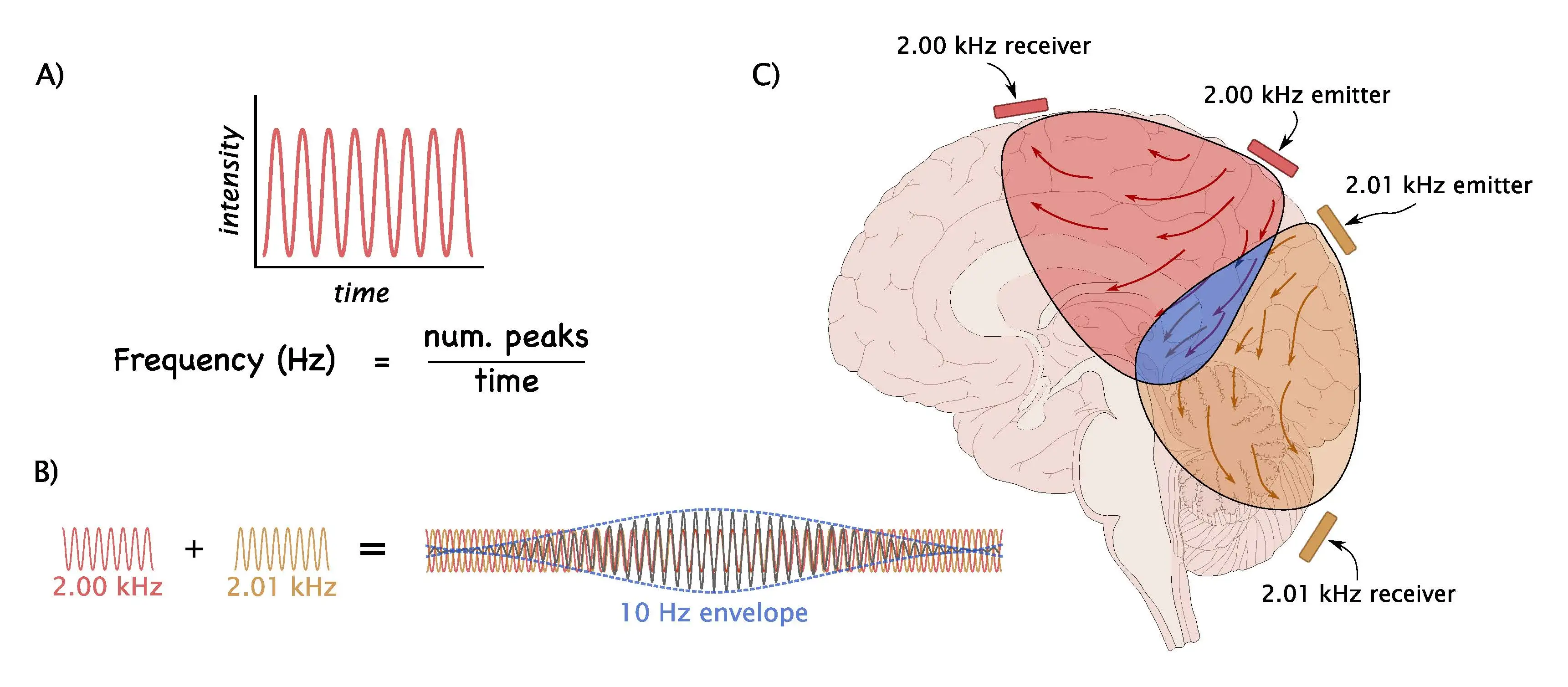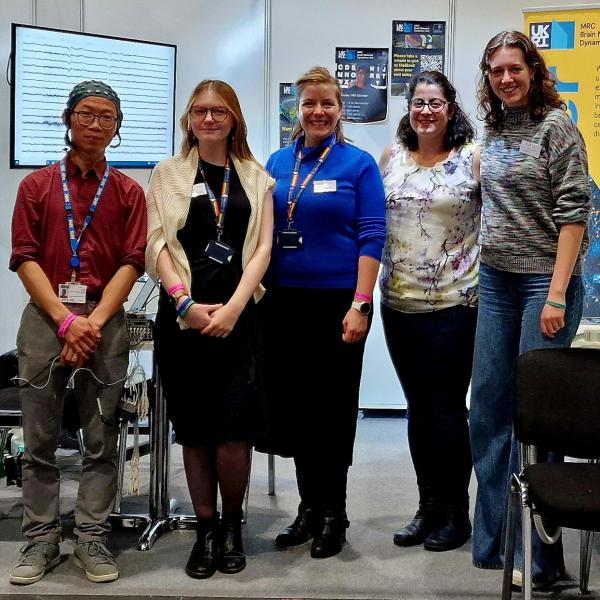Novel NIBS in psychiatry: Unveiling TUS and TI for research and treatment.
In this review, we explore brain stimulation techniques for treating mental health conditions. We examine how transcranial ultrasonic stimulation and temporal interference stimulation improve on past methods by reaching deeper brain areas with greater precision. These advancements may help regulate brain activity more effectively and improve treatment outcomes, but refining these techniques and addressing practical challenges is still important.
Mental disorders pose a significant global burden and constitute a major cause of disability worldwide. Despite strides in treatment, a substantial number of patients do not respond adequately, underscoring the urgency for innovative approaches. Traditional non-invasive brain stimulation techniques show promise, yet grapple with challenges regarding efficacy and specificity. Variations in mechanistic understanding and reliability among non-invasive brain stimulation methods are common, with limited spatial precision and physical constraints hindering the ability to target subcortical areas often implicated in the disease aetiology. Novel techniques such as transcranial ultrasonic stimulation and temporal interference stimulation have gained notable momentum in recent years, possibly addressing these shortcomings. Transcranial ultrasonic stimulation (TUS) offers exceptional spatial precision and deeper penetration compared with conventional electrical and magnetic stimulation techniques. Studies targeting a diverse array of brain regions have shown its potential to affect neuronal excitability, functional connectivity and symptoms of psychiatric disorders such as major depressive disorder. Nevertheless, challenges such as target planning and addressing acoustic interactions with the skull must be tackled for its widespread adoption in research and potentially clinical settings. Similar to transcranial ultrasonic stimulation, temporal interference (TI) stimulation offers the potential to target deeper subcortical areas compared with traditional non-invasive brain stimulation, albeit requiring a comparatively higher current for equivalent neural effects. Promising yet still sparse research highlights TI's potential to selectively modulate neuronal activity, showing potential for its utility in psychiatry. Overall, recent strides in non-invasive brain stimulation methods like transcranial ultrasonic stimulation and temporal interference stimulation not only open new research avenues but also hold potential as effective treatments in psychiatry. However, realising their full potential necessitates addressing practical challenges and optimising their application effectively.

2025. Brain Neurosci Adv, 9:23982128251322241.
2017.Mov. Disord., 32(6):810-819.

And that’s a wrap! Unit researchers on the MRC BNDU stand after a very busy Schools’ Day at New Scientist Live. From left to right: Shenghong He, Jennifer Blackmore, Natalie Doig, Polytimi Frangou, and Lauryn Foster.


